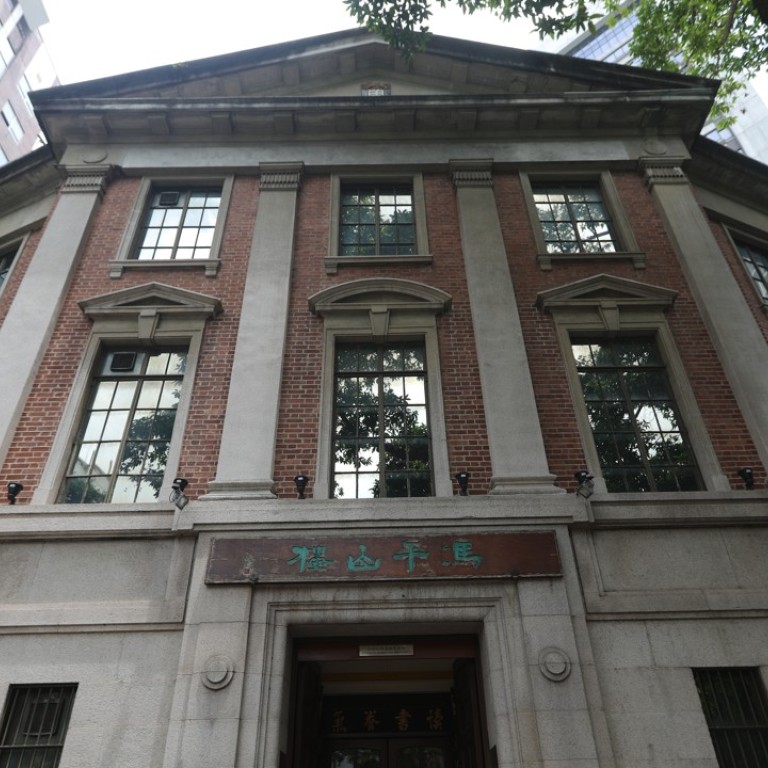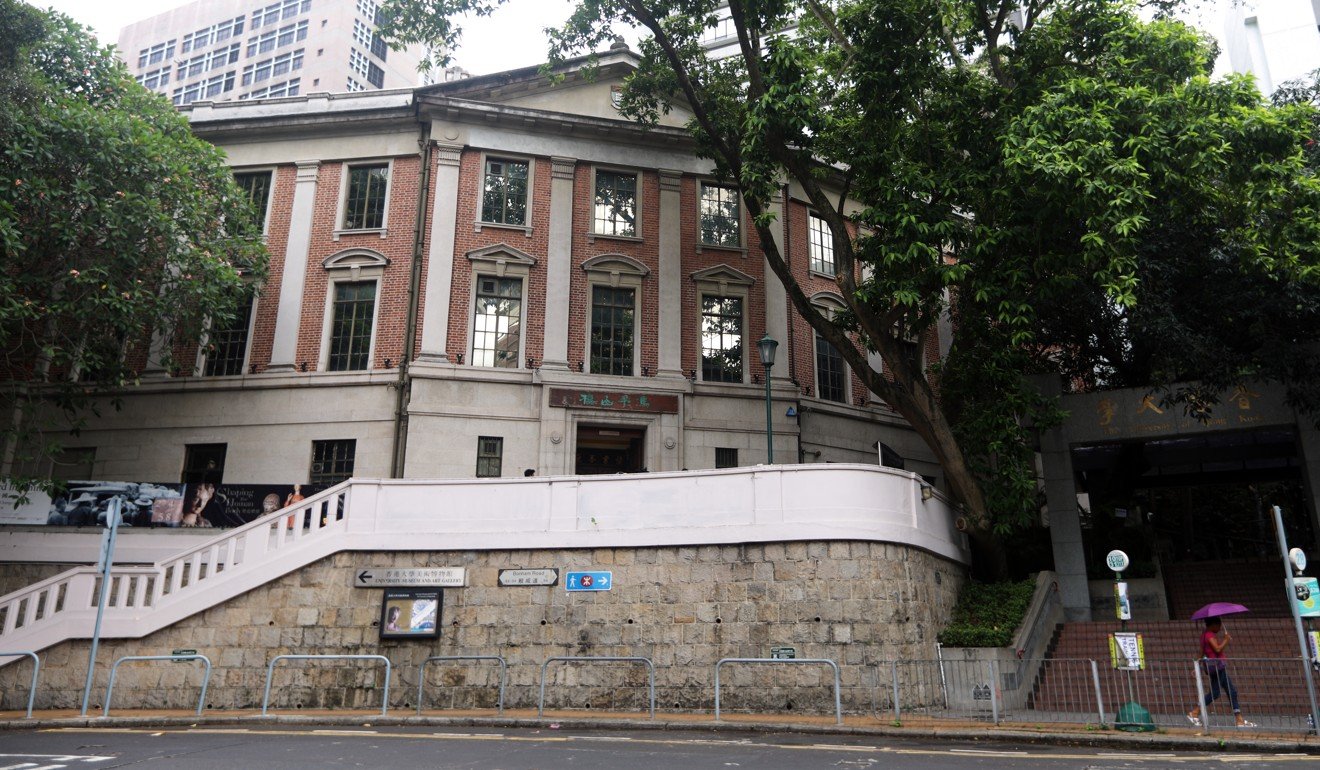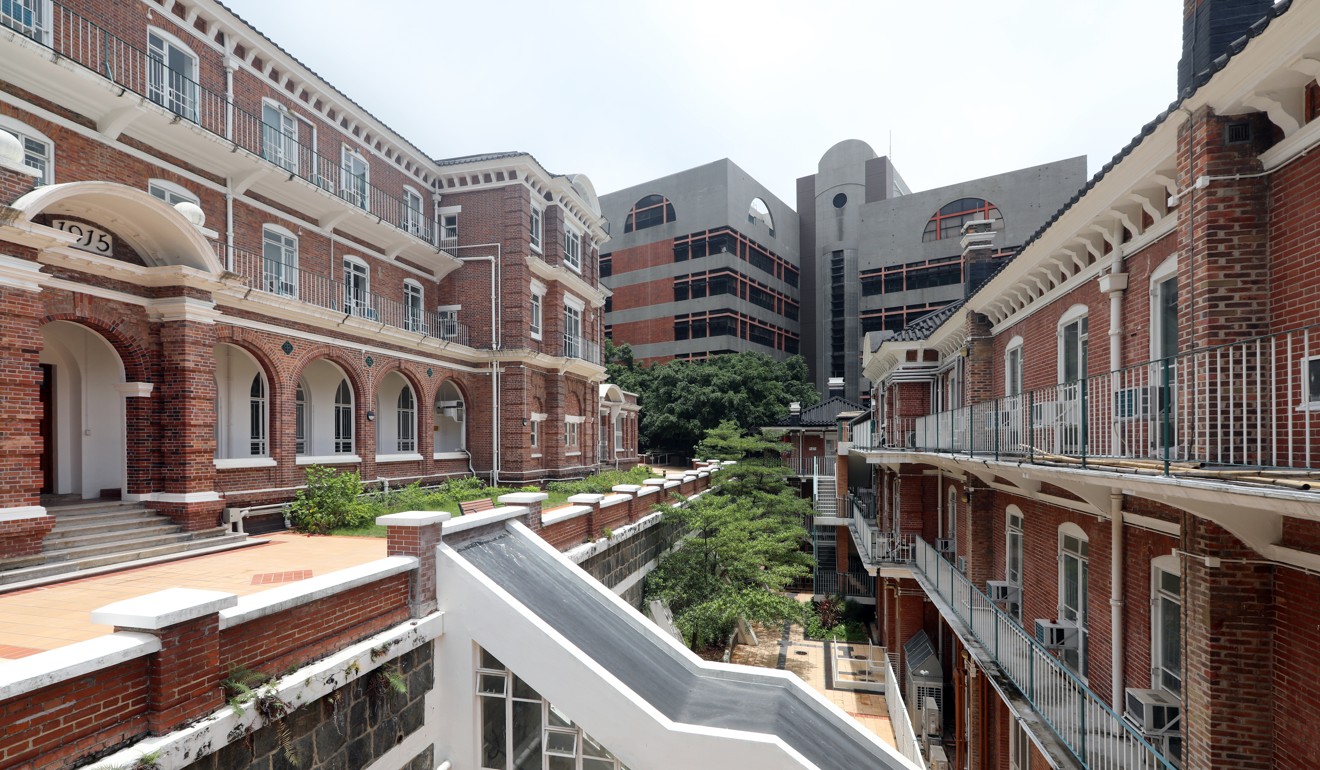
Three HKU buildings move towards monument status as Fung Ping Shan Building, Eliot Hall and May Hall are endorsed by Antiquities Advisory Board
The buildings have had grade one heritage status since 2009, meaning every effort possible should be made to preserve them. As declared monuments, the government could stop owners from redevelopment
Three buildings steeped in second world war history on the campus of Hong Kong’s oldest university moved a step closer on Thursday to being protected from redevelopment.
The Antiquities Advisory Board unanimously endorsed a government proposal to declare as official monuments Fung Ping Shan Building, Eliot Hall and May Hall at the 107-year-old University of Hong Kong in Pok Fu Lam.
The buildings’ exteriors have been determined to possess “significant heritage value”.
“The three historic buildings have reached the ‘high threshold’ to be declared as monuments for permanent protection under the Antiquities and Monuments Ordinance,” the Antiquities and Monuments Office told the board, which advises the government on historic buildings and relics.
With Taj Mahal losing its sheen, here are five other monuments in need of a facelift
The buildings have had grade one heritage status since 2009 – the highest rank in a three-tier grading system, meaning every effort possible should be made to preserve them. Officials can now stop owners from redeveloping them.

Recognisable for its red-bricked facade, carved granite ornaments and glass-domed roof, it is the first structure visitors see when entering the university via its East Gate. Some of the hardwood doors and windows with original brass fittings are still in place.

Eliot Hall, built in 1914 and named after HKU’s first vice chancellor Charles Eliot, was the university’s second residential hall. It was used as a relief wing for Queen Mary Hospital during the second world war. It has housed the university’s journalism school since 2001.
“Eliot Hall stirs up a lot of sentiments in me,” said Alice Hui, 30, a former journalism student who had most of her undergraduate classes at the building.
Hong Kong officials add three historic buildings to list of city's declared monuments
“I’m happy to hear such a historic, beautiful structure has been declared a monument and I’m sure most [journalism] students feel the same.”
This red-bricked structure features “elegant facades … including curved pediments over the entrance doorways, rusticated columns, Doric capitals, window sills, cornices and balustrades”, according to the board. Chinese-style ceramic grilles and a double-tiled roof give the structure local flair.

A year later, May Hall – named after then governor Francis Henry May and almost identical in design to Eliot Hall – opened next door as the school’s third residential hall.
On New Year’s Day 1942, a congregation was held in the hall, where wartime degrees were granted to 14 medical students that took their final examinations at the time of the Japanese invasion.
May Hall is now used as administrative offices for the university.
Who is vandalising Japan's landmarks?
“HKU welcomes the decision of the Antiques Advisory Board and will collaborate closely with the Antiquities and Monuments Office in preserving the built heritage and cultural legacy of the university, for the benefit of the community,” a university spokesman said.
Together, Eliot Hall, May Hall and Lugard Hall – built 1913 – were known collectively as the “old halls” until Lugard was demolished in 1992 to make way for campus redevelopment. Parts of Eliot and May halls were damaged by a landslide in 1966.

There are currently 117 declared monuments in Hong Kong and four of them are at the university – the exteriors of Main Building, University Hall and the Hung Hing Ying and Tang Chi Ngong Buildings.
Meanwhile, members of the board expressed concern over a proposal by Sheng Kung Hui – Hong Kong’s Anglican Church – to build a 25-storey “non-profit” hospital on Bishop Hill in Central.
Cost fears place future of historic Central building in doubt
Members said they believed the building, which would be built on church land, would be too tall and imposing on grade one historic buildings on the site such as Bishop’s House and Martin House, and would clash with the aesthetic of the area.
“We hope there will be some change in the designs that would actually complement the existing historic buildings on the site,” board chairman Andrew Lam Siu-lo said.

